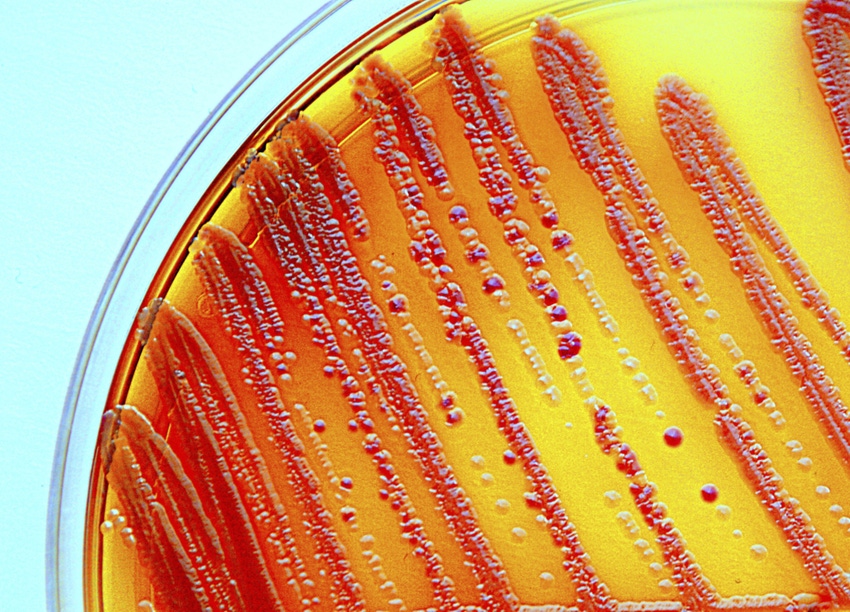- Nutrition & Health
- Market News
- Swine Health and Nutrition
- Dairy Health and Nutrition
- Beef Health and Nutrition
- Poultry Health and Nutrition
Natural products such as phytogenics, prebiotics and probiotics may modulate animal health by affecting different pathways within microbial cell.

The field of immunometabolism tries to understand the metabolic pathways in immune cells, with some cellular nutrients more critical to these cells than other nutrients, according to Dr. Barry Bradford of Kansas State University.
Bradford spoke at the Immunometabolism Symposium, sponsored by Pancosma, at the American Society of Animal Science-Canadian Society of Animal Science annual meeting this week in Austin, Texas.
Bradford said the emerging field of immunometabolism can be divided into two areas: intrinsic and extrinsic. Intrinsic immunometabolism connects the cellular pathways of innate immunity, such as the use of glucose by phagocytes. Extrinsic immunometabolism may be more related to adaptive immunity, with glucose and glutamine being the main nutrients for that type of immune cell.
According to Bradford, many of the immunometabolism concepts being investigated with livestock were derived from the study of human obesity, as both areas look at how local and distant immune cells influence tissue metabolism and mild inflammation.
Bradford listed six metabolic costs of disease:
1. Increased metabolic activity;
2. Reduced nutrient availability;
3. Altered priorities for nutrient utilization;
4. Increased turnover rates in the immune system;
5. Damage to host tissue and costs of tissue repair, and
6. The genetic cost of potential offspring if the animal is pregnant.
"If you just look at growth to set nutrient requirements [in sick animals], you may underestimate the requirement needed for maximum immune response," Bradford said.
He added that an emerging question is how immune cell metabolism interacts with systemic metabolism.
Phytogenic additives
Also speaking at the Immunometabolism Symposium, Dr. Johanna Fink-Gremmels with Utrecht University in the Netherlands discussed natural feed additives that may enhance innate immunity.
She noted that the intestinal system harbors about 60-70% of the immune system in animals, so the focus should be on gut health and increasing resilience.
Fink-Gremmels is interested in the use of phytogenics, prebiotics and probiotics and short- and medium-chain fatty acids as feed additives that can be used to maintain animal health in the absence of antibiotics. She noted, though, that how these products work must be understood in order to use them properly. It is important to balance the microbiome, she said, and building programs for individual life stages of various animals.
"Everything has a distinct pathway," she said.
Specifically looking at phytogenics, also known as plant secondary metabolites (PSMs), Fink-Gremmels said these compounds are not essential for plant growth and development but are indispensable for plant/environment interactions, and they modulate animal health.
PSMs can modulate animal health because some have antimicrobial properties -- a bacteriostatic effect, i.e., levels much lower than common minimum inhibitory levels of antibiotics -- while others work through quorum sensing inhibition, which is a form of crosstalk among microbes and host cells.
"It is important to know when to use what," she said, explaining that using a product with antimicrobial properties in a nursery pig may harm its developing microbiome at a time when a prebiotic product should be fed.
These products work best, she said, through a multiple mechanistic model, always in mixtures, because they affect different pathways in different ways within a bacterial cell, which means no resistance can be formed.
Two lesser studied areas, Fink-Gremmels said, are protective mechanisms in the liver (e.g., bile acids and enteric secretions) that may have anti-inflammatory properties and the protection offered by the intestinal mucosa through polysaccharides and mucilages.
About the Author(s)
You May Also Like



